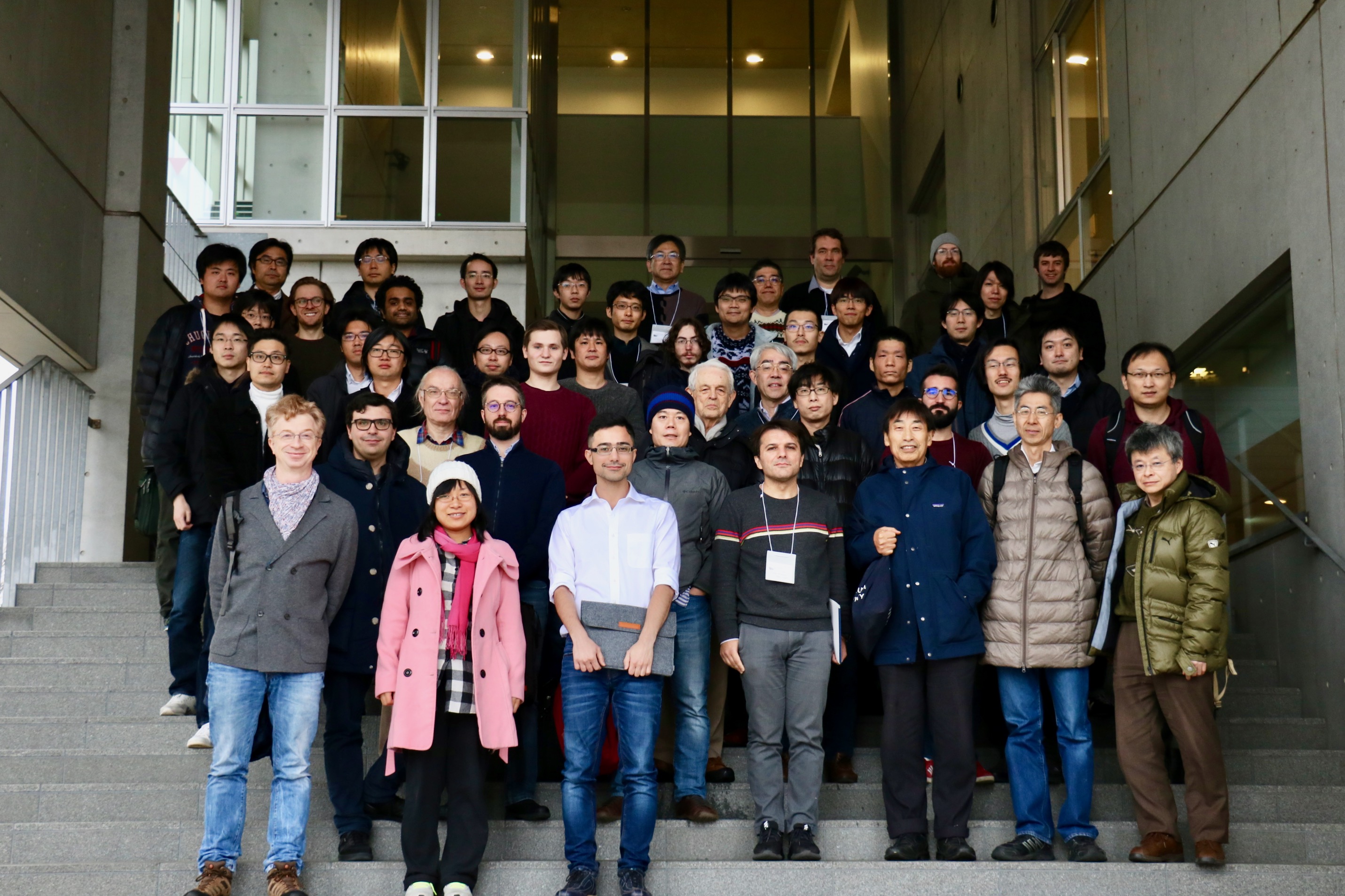Representation theory, gauge theory, and integrable systems
Lecture Hall(1F), Kavli IPMU

Dates: February 4 - 8, 2019
Venue: Lecture Hall, Kavli IPMU
The workshop will focus on recent interface among representation theory, gauge theory and integrable systems. There are numerous connections in recent decades, such as computation of partition functions in gauge theories via representation theory and integrable systems, realization of representations of quantum algebras via moduli spaces in gauge theories, new examples of quantum algebras via gauge theory, and so on.
The workshop aims to bring together mathematicians and physicists, both experts and young people in these related areas from overseas and Japan to discuss new developments and investigate potential directions for future research.
Invited Speakers:
Andrea Appel (University of Edinburgh, UK)
Mikhail Bershtein (Landau Institute for Theoretical Physics, Russia)
Sergei Gukov (Caltech, USA)
Tamás Hausel (IST, Austria)
Justin Hilburn (University of Pennsylvania, USA)
Seyed Morteza Hosseini (Kavli IPMU, Japan)
Hiroaki Kanno (Nagoya University, Japan)
Syu Kato (Kyoto University, Japan)
Taro Kimura (Keio University, Japan)
Michael McBreen (University of Toronto, Canada)
Dinakar Muthiah (Kavli IPMU, Japan)
Nikita Nekrasov (SCGP, USA)
Du Pei (Caltech, USA)
Changjian Su (University of Toronto, Canada)
Takuya Okuda (University of Tokyo, Japan)
Masahito Yamazaki (Kavli IPMU, Japan)
Shintaro Yanagida (Nagoya University, Japan)
Yaping Yang (University of Melbourne, Australia)
Organizers:
Hiraku Nakajima, Francesco Sala, Yuji Tachikawa, Yutaka Yoshida
Contact: seminar@ipmu.jp
Kavli Institute for the Physics and Mathematics of the Universe (Kavli IPMU), the University of Tokyo, 5-1-5 Kashiwanoha, Kashiwa City, Chiba 277-8583, Japan
